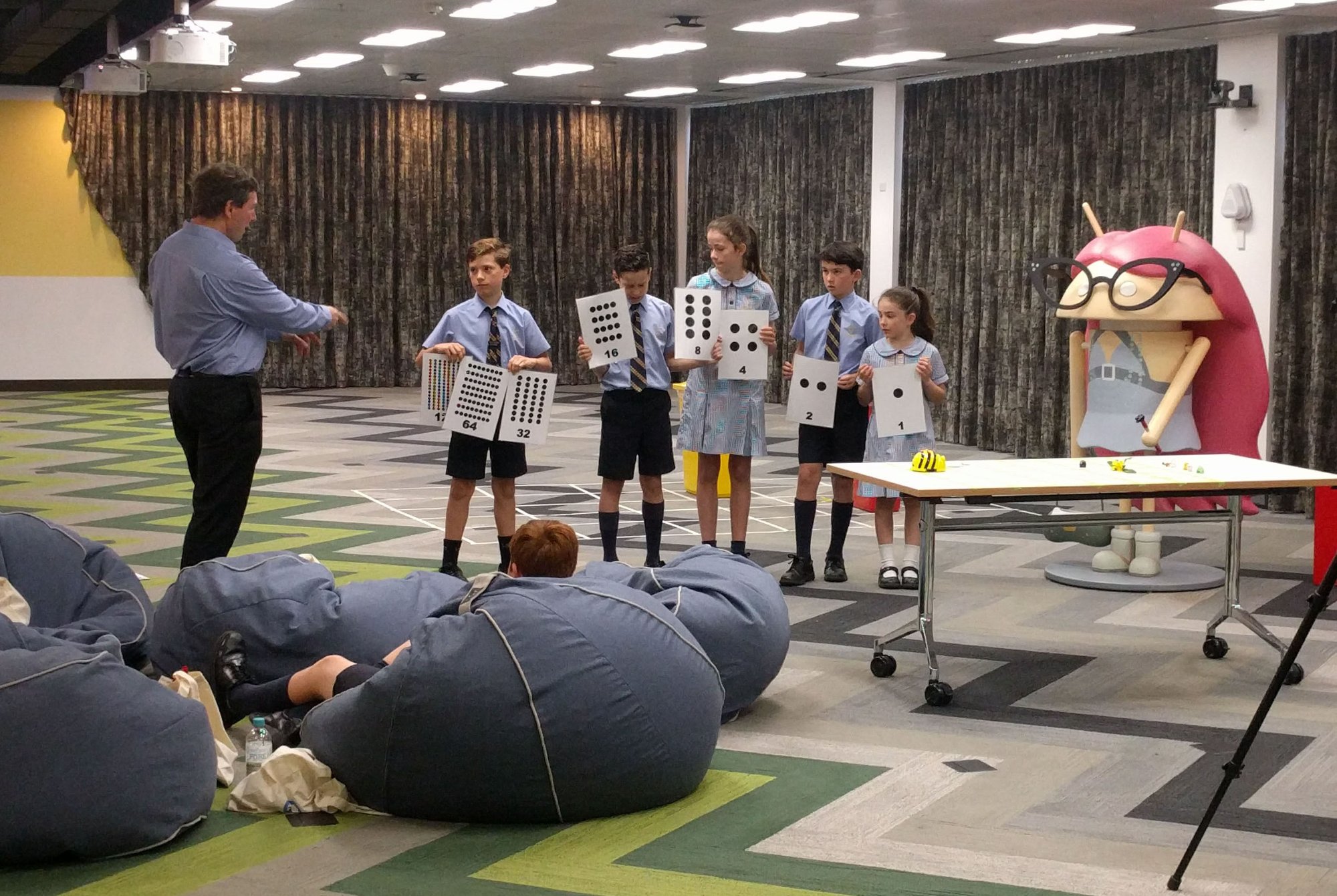Editor’s note: We’re highlighting education leaders across the world to share how they’re creating more collaborative, engaging classrooms. Today’s guest author is Tim Bell, a professor in the department of Computer Science and Software Engineering at the University of Canterbury and creator of CS Unplugged. Tim is a recipient of CS4HS awards and has partnered with Google in Australia to develop free resources to support teachers around the world to successfully implement computational thinking and computer science into classrooms.
My home of New Zealand, like many countries around the world, is fully integrating computer science (CS) into the national curriculum. This change affects all teachers, because the goal of standardizing CS education curriculum is bigger than CS itself. It’s not just about grooming the next generation of computer scientists—it’s about equipping every student an approach to solving problems through computational thinking (CT). This way of thinking can and must be applied to other subjects. Math, science, and even English and history teachers will need to teach CT, and many feel uncertain about the road ahead.
Progressing CS + CT education at the national level will only be successful if all teachers feel confident in their ability to get started. This first step can be the most daunting, so I want to share a few simple ways any teacher can bring CS and CT into the classroom.
1. Engage students as builders and teachers
CT is about building new ways to solve problems. These problem-solving methods can be implemented with a computer, but the tool is much less important than the thinking behind it. Offline activities create opportunities for students to explain their thinking, work with others to solve open-ended problems, and learn by teaching their peers.
My session during Education on Air showed some of these offline activities in practice. For example, playing with a set of binary cards, pictured below, can teach students how to explain binary representation.

2. Build lessons around real-world examples
CS is practical—algorithms speed up processes so people don’t have to wait, device interfaces need to be designed so they don’t frustrate users, programs need to be written so they don’t waste resources like battery power on a mobile phone. Examples like these can help students understand how CS and CT impact the world around them. Consider discussing human interface design as it applies to popular mobile apps as well as real-world systems, like factories and libraries.
As Maggie Johnson, Google’s director of education and university relations, wrote last year: “If we can make these explicit connections for students, they will see how the devices and apps that they use everyday are powered by algorithms and programs. They will learn the importance of data in making decisions. They will learn skills that will prepare them for a workforce that will be doing vastly different tasks than the workforce of today.”
3. Connect new ideas and familiar subjects
Some of the most successful CS and CT lessons reference other subjects. For example, biology students can reconstruct an evolutionary tree using a string matching algorithm. Students might also apply geometry skills to Scratch programming by using their knowledge of angles to represent polygons with blocks of code. CS can also be combined with non-academic subjects, like physical education.
Google’s engineering director in Australia, Alan Noble, explained this interdisciplinary approach well: “CS combined with another discipline, brings with it new insights and new ways of approaching things. We call this ‘CS + X,’ where ‘X’ can be virtually anything. Universities around the world are starting to recognize this by introducing CS + X programs, where X can be any subject area, not just a science.The opportunities are endless. Students will be a whole lot more excited about studying Computer Science if they can combine it with their passion, their ‘X’.”
I’ve seen everyone from first-timers to PhDs use simple techniques to make CS and CT approachable—and fun too! A few simple exercises can spark students’ curiosity and support a bigger change.
Source: Google Blog